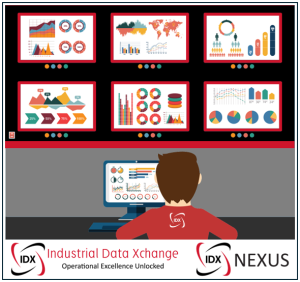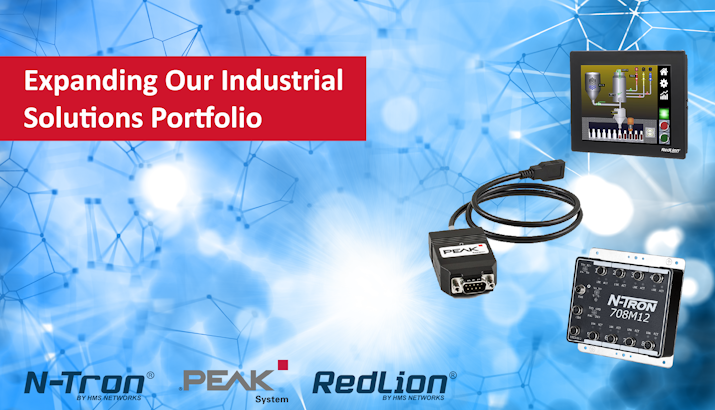
Article one explored the origins of IDX and the creation of the IDX Suite, our first major step in bringing structure and visibility to industrial data environments.
Article two continued the journey, highlighting the challenges of early industrial data environments and how the IDX Suite evolved to meet growing demands, ultimately laying the groundwork for the IDX Nexus Framework.
In this third article, we unpack the IDX Nexus Framework itself; what it is, how it works, and how it supports the future of industrial connectivity, visualisation, and transformation.
Toward the Future: The Birth of the IDX Nexus Framework
Technology rarely stands still, especially in the industrial world. Today, the demand for industrial data solutions is greater than ever. Industry 4.0, IoT, and smart factory initiatives require systems that are:
- More open and interoperable.
- Able to support real-time and historical data across multiple environments.
- Flexible and scalable to meet ever-evolving needs.
Since its inception, the IDX Suite has focused on enabling seamless data connectivity and management across complex environments. What began as a response to chaos in plant data management has now evolved into an extensible and future-ready framework: the IDX Nexus Framework.
What is the IDX Nexus Framework?
The IDX Nexus Framework, our in-house software platform, features robust data connectors for nearly any communication system or network, a powerful data historian, and advanced visualisation tools.
The Framework is composed of three main components, each working together to provide comprehensive data management tools for industrial plants:
- Nexus Connectivity: Facilitates seamless data flow between disparate systems, serving as the backbone of the Nexus framework for efficient data exchange.
- Nexus Historian: An efficient data historian that logs data tags indefinitely, featuring a tag compression toolkit for optimised storage and management.
- Nexus Visualisation: Displays trends of logged data tags and creates intuitive, vibrant dashboards for plant data review, monitoring, and control.
The IDX Nexus Framework is designed to be a Connectivity Hub, a modern platform that provides seamless integration, visualisation, and interoperability across industrial environments. By embracing modularity, openness, and advanced integration capabilities, IDX Nexus Framework provides a pathway to operational excellence and digital transformation.

Figure 1: IDX Nexus Framework: Plant Remote Monitoring and Visualisation
Conclusion
The journey of IDX software illustrates the power of continuous innovation. From its early days bringing order to chaotic data environments, to its current role as an advanced Connectivity Hub, IDX has consistently empowered industrial users to harness the full potential of their data.
The primary use case is not to compete with industry giants, but to support Original Equipment Manufacturers (OEMs) or engineering teams who have a value-adding idea and need a framework to bring it to life, freeing them up to focus on what truly matters.
Industry 4.0 holds great promise, but its implementation can be complex, though advancements like Artificial Intelligence (AI) may help simplify the journey. It is our hope that with the introduction of the IDX Nexus Framework, Industrial Data Xchange is not just keeping pace with the demands of Industry 4.0 but may play a role in its practical adoption and implementation.
This is the third article in a three-part series where we share the journey behind IDX. In this series, we walk you through where we started, what we have built, and where we are going next.
- Part 1 – Solving the Industrial Data Challenge: The Rise of IDX Suite. Read now.
- Part 2 – Journey of Transformation: From IDX Suite to the Nexus Framework. Read now.
- Part 3 – The Road Forward: IDX Nexus and the Future of Industrial Data. This story.
We are excited to share this journey with you, one step at a time.








